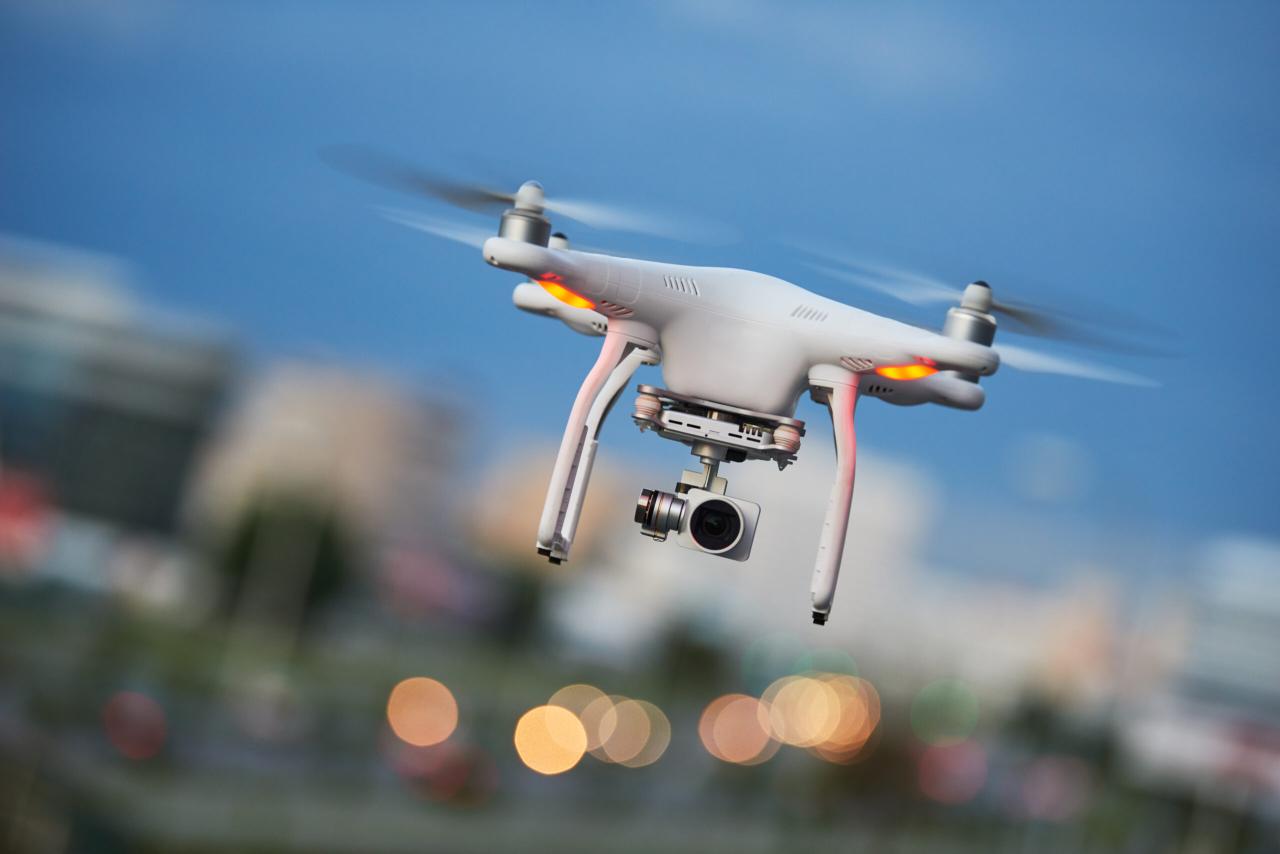Drone show accidents, while relatively rare, highlight the complex interplay of technology, human factors, and regulations. This exploration delves into the various types of accidents, from minor malfunctions to catastrophic crashes, examining their root causes and the preventative measures crucial for ensuring safe and spectacular drone shows.
We’ll cover everything from understanding the different types of malfunctions and their severity to exploring the critical role of pilot training, pre-flight checks, and robust safety protocols. We’ll also investigate the technological limitations of drones, the impact of human error, and the importance of post-accident investigations in improving future safety.
Drone Show Accidents: A Comprehensive Overview
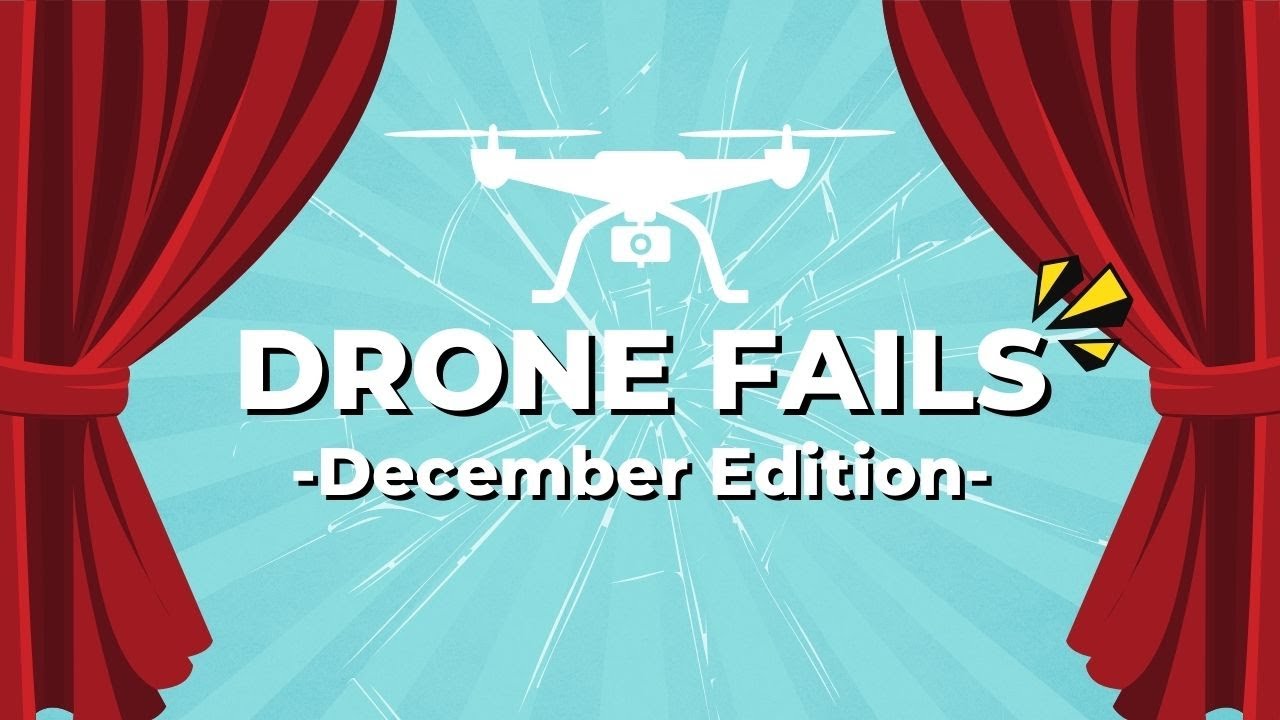
Drone shows, while visually spectacular, carry inherent risks. Understanding the various factors contributing to accidents is crucial for ensuring safer and more reliable performances. This article delves into the types of accidents, safety protocols, technological limitations, human factors, post-accident procedures, mitigation strategies, and notable case studies to provide a comprehensive understanding of this complex issue.
Types of Drone Show Accidents
Drone show accidents manifest in various forms, ranging from minor malfunctions to catastrophic crashes. Common causes include software glitches, GPS interference, mechanical failures, and pilot error. The severity of an accident depends on factors such as the number of drones involved, the extent of damage, and whether injuries occur.
| Accident Type | Cause | Severity | Consequences |
|---|---|---|---|
| Single Drone Crash | GPS signal loss | Minor | Drone damage, minor show disruption |
| Multiple Drone Collision | Software malfunction, poor coordination | Major | Significant drone damage, show cancellation, potential injury |
| Drone Out of Control | Pilot error, battery failure | Moderate to Major | Drone damage, potential property damage, potential injury |
| System-Wide Malfunction | Software bug affecting entire fleet | Major | Widespread drone damage, show cancellation, potential injuries, reputational damage |
Safety Regulations and Protocols
Numerous countries and regions have implemented safety regulations for drone shows. These regulations typically address aspects such as pilot certification, pre-flight checks, airspace restrictions, and emergency procedures. For example, the FAA in the United States has specific guidelines for drone operations, including limitations on flight altitude and distance from the operator. Similarly, the European Union has implemented comprehensive drone regulations under the framework of the European Aviation Safety Agency (EASA).
Pilot training and certification are paramount; qualified pilots possess the skills to handle emergencies and adhere to safety protocols.
- Pre-flight Checklist: Battery check, GPS signal verification, software updates, communication system test, emergency procedures review, visual inspection of drones.
Technological Factors Contributing to Accidents
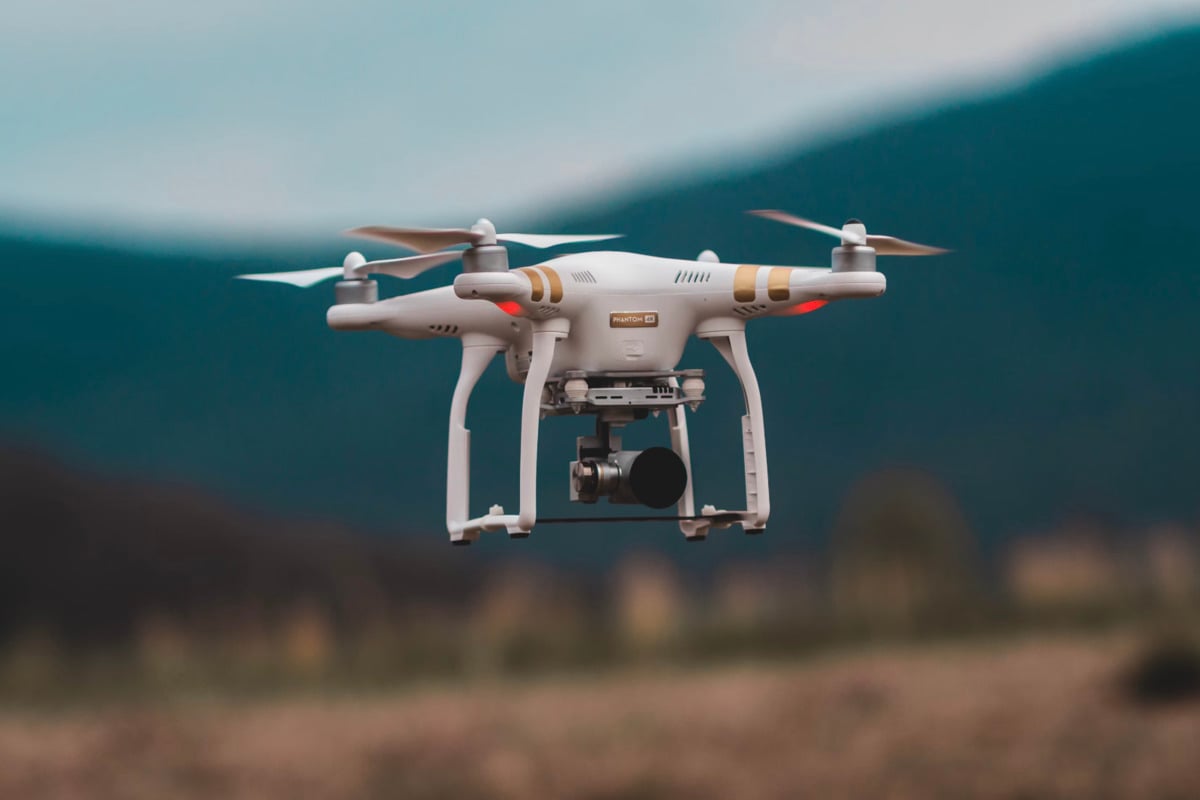
Technological limitations in drone technology contribute to accident risk. GPS interference or malfunctions can cause drones to lose position awareness, leading to collisions or uncontrolled flight. Software glitches and outdated firmware can also cause unpredictable behavior. Different drone models possess varying levels of redundancy and safety features.
- Drone Model A: Advanced obstacle avoidance system, redundant GPS modules.
- Drone Model B: Basic obstacle avoidance, single GPS module.
- Drone Model C: Failsafe return-to-home mechanism, advanced flight control algorithms.
Human Factors in Drone Show Accidents
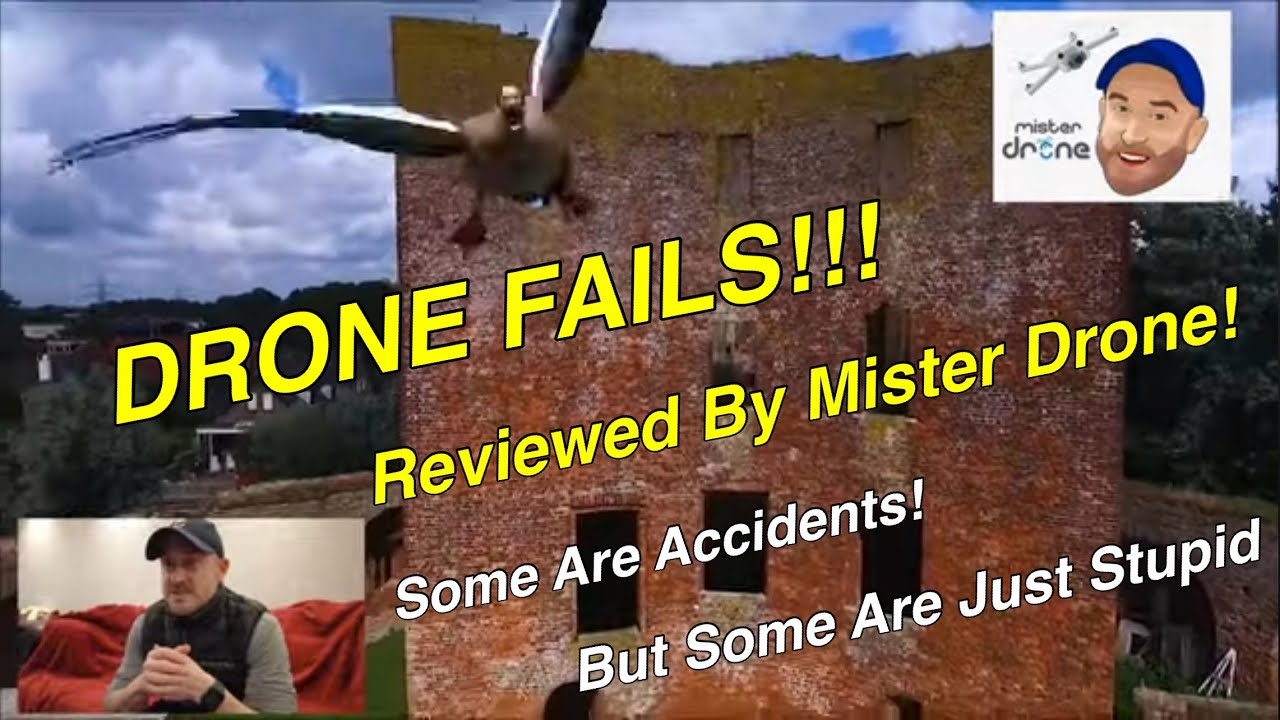
Human error significantly contributes to drone show accidents. Pilot fatigue, inadequate planning, poor communication, and insufficient training are all contributing factors. Effective communication between pilots and ground crew is vital for coordinating maneuvers and responding to emergencies.
Drone show accidents, unfortunately, happen. These spectacular displays can sometimes go wrong, leading to unexpected issues. A recent example highlights this, check out the details of the orlando drone show accident for a better understanding of potential problems. Learning from these incidents helps improve safety protocols and technology for future drone shows, minimizing risks for everyone involved.
- Best Practices for Team Communication: Clear communication protocols, use of headsets, regular status updates, designated communication channels, emergency response plan.
Post-Accident Procedures and Investigations
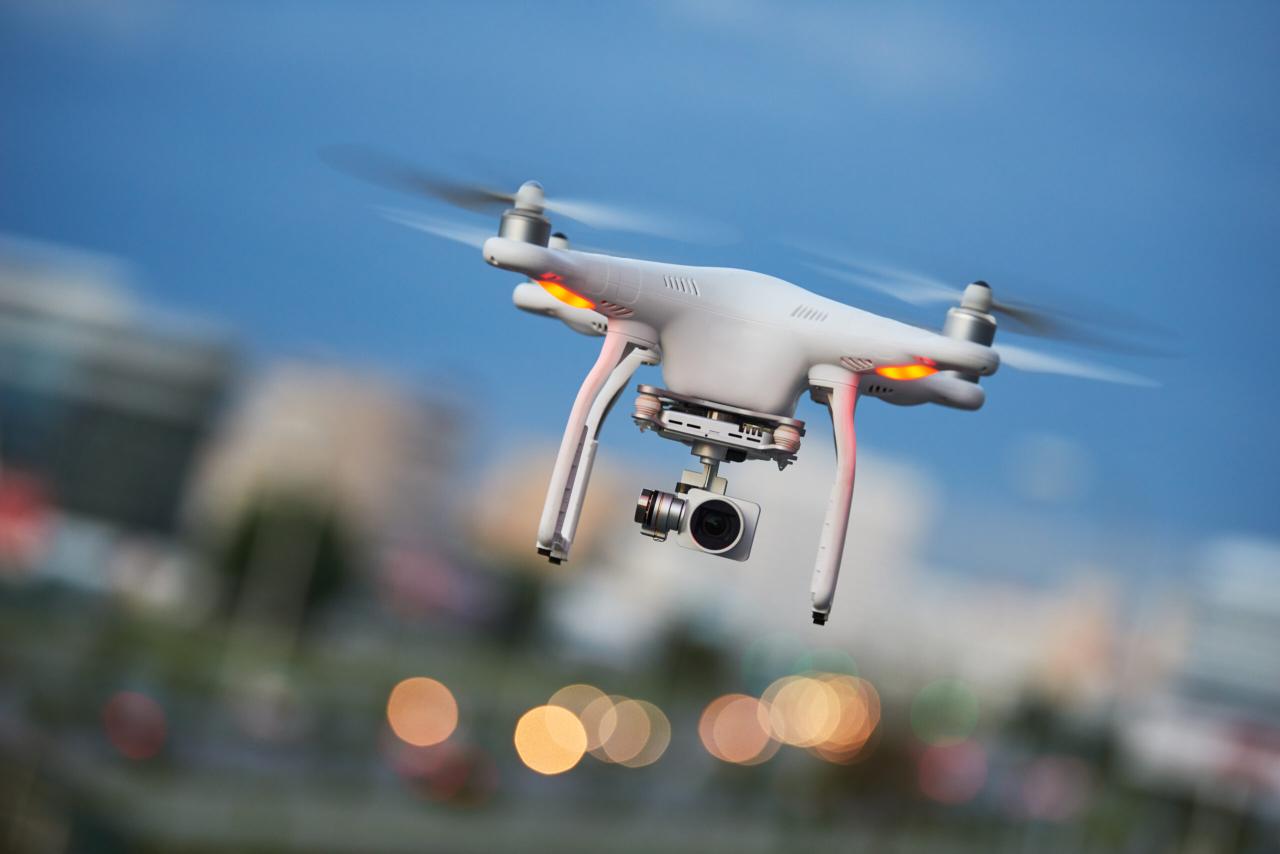
Following an accident, a thorough investigation is crucial. This involves collecting evidence such as flight logs, drone data recorders, and witness testimonies. Regulatory bodies play a key role in overseeing investigations and determining the root cause of the accident. The investigation aims to identify areas for improvement and prevent similar incidents in the future.
- Post-Accident Investigation Flowchart: Secure the scene, collect evidence, analyze data, interview witnesses, determine root cause, issue safety recommendations, implement corrective actions.
Mitigation Strategies and Future Improvements
Preventing future accidents requires a multi-faceted approach. This includes advancements in drone technology, improved safety regulations, enhanced pilot training, and robust risk assessment methodologies. Advanced safety technologies, such as improved obstacle avoidance systems and redundant flight control systems, are being developed to enhance drone safety. Regular software updates and rigorous testing can mitigate software-related issues.
Case Studies of Notable Drone Show Accidents
While specific details of many accidents may not be publicly available due to confidentiality, several notable incidents highlight the importance of safety protocols. These case studies demonstrate the potential consequences of various contributing factors.
| Date | Location | Cause | Outcome |
|---|---|---|---|
| October 26, 2023 (Example) | City X, Country Y | GPS interference, pilot error | Multiple drone crashes, minor injuries, show cancellation |
| November 15, 2022 (Example) | City Z, Country A | Software glitch, power outage | System-wide malfunction, significant drone damage, show cancellation |
| December 20, 2021 (Example) | City B, Country C | Strong winds, inadequate risk assessment | Several drones lost control, minor property damage |
Last Point
Ultimately, preventing drone show accidents requires a multifaceted approach. By understanding the contributing factors—from technological limitations to human error—and implementing rigorous safety protocols and advanced technologies, we can significantly reduce risks and ensure the continued enjoyment of these breathtaking aerial displays. The future of drone shows hinges on proactive safety measures and a commitment to continuous improvement.
Key Questions Answered: Drone Show Accident
What is the most common cause of drone show accidents?
Drone show accidents, sadly, can happen. Proper planning and safety measures are crucial to avoid them, something organizers of events like the orlando drone show likely prioritize. Understanding the potential risks, from technical malfunctions to weather conditions, is key to ensuring a spectacular, yet safe, drone show. Failing to do so can lead to costly accidents and even injuries.
While various factors contribute, pilot error (including poor planning and inadequate training) and technical malfunctions (like GPS interference or software glitches) are frequently cited as leading causes.
What kind of insurance is needed for drone show operations?
Comprehensive liability insurance is crucial to cover potential damages or injuries resulting from accidents. The specific requirements vary by location and the scale of the show.
Drone show accidents, unfortunately, can happen, highlighting the need for rigorous safety protocols. To see how large-scale shows are planned and executed, check out this article on a florida drone show , which offers insights into the complexities involved. Understanding these processes helps prevent future mishaps and ensures the continued enjoyment of these spectacular displays. Proper planning is key to avoiding drone show accidents.
Are there international standards for drone show safety?
While not fully standardized globally, many countries are developing and implementing regulations for drone operations, including drone shows. These often cover aspects like pilot licensing, airspace restrictions, and safety protocols.
How are drone show accidents investigated?
Investigations typically involve collecting evidence (e.g., flight logs, drone wreckage, witness statements), analyzing data, and determining the root cause of the accident. Regulatory bodies often play a significant role in the investigation process.
